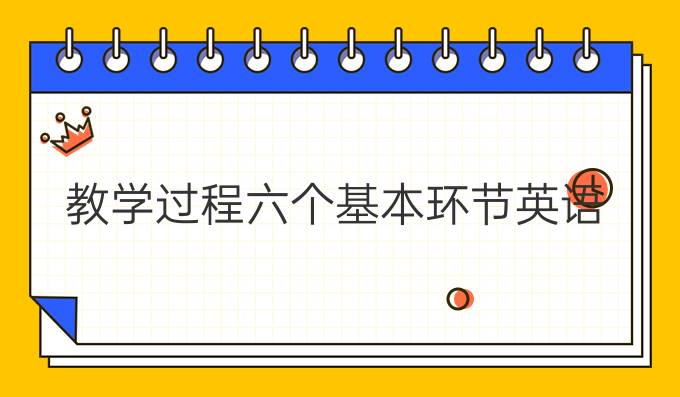KET 在线
模拟测试
小程序在线模拟测试

PET 真实
考场模拟
OPFUN Talk萌课堂,专注青少在线语言启蒙!——寰宇咨询中心资讯网
![]() 上海
上海
![]() 18761612306
18761612306

Teaching is a complex process that involves several basic steps, from designing a lesson plan to assessing student understanding. In this article, we will explore the six fundamental stages of the teaching process and how they contribute to student success.
The first step in the teaching process is lesson planning. This involves identifying the learning objectives, determining the content and resources needed, and deciding on the appropriate activities and assessments. Effective lesson planning helps teachers create engaging and meaningful experiences for their students.
Teachers should also consider the different learning styles of their students and incorporate activities that cater to those styles. For instance, visual learners may benefit from diagrams and images, while kinesthetic learners may prefer hands-on activities.
The second stage of the teaching process is introducing the lesson and engaging the students. This is a critical step, as it sets the tone for the entire lesson and captures students' attention. Teachers can use various strategies to engage students, such as asking open-ended questions, telling stories, or using multimedia presentations.
It's important to create a positive and supportive classroom environment during this stage. This helps students feel comfortable participating and sharing their ideas, which in turn promotes active learning and deeper understanding.
The third stage of the teaching process is instruction and modeling. This involves presenting the content and demonstrating how to apply it. Teachers should use a variety of teaching strategies, such as lectures, discussions, and demonstrations, to cater to different learning styles and keep students engaged.
Modeling is particularly useful for teaching complex skills or processes. Teachers can demonstrate how to solve a problem, write an essay, or conduct an experiment, and then ask students to mimic their actions. This allows students to see how the skill or process is done and provides a framework for them to follow.
The fourth stage of the teaching process is practice and application. This involves giving students opportunities to apply the content and skills they have learned. Teachers can use various activities and assessments to reinforce the learning, such as group work, quizzes, and projects.
Practice and application are critical for helping students internalize and retain the content. By applying what they have learned, students can see the relevance of the material and develop their own understanding of it.
The fifth stage of the teaching process is assessment and feedback. This involves evaluating student understanding and providing feedback to improve their learning. Teachers can use various assessments, such as tests, essays, and presentations, to measure student progress and identify areas for improvement.
Feedback is an essential part of the assessment process, as it helps students understand their strengths and weaknesses and improve their learning. Teachers can provide feedback in various forms, such as written comments, verbal feedback, or peer evaluations.
The final stage of the teaching process is reflection and evaluation. This involves reflecting on the lesson and evaluating its effectiveness. Teachers can ask themselves questions such as: Did the lesson achieve its objectives? Were the students engaged and learning? What changes could be made for next time?
Reflection and evaluation help teachers improve their teaching practice and provide better learning experiences for their students. By analyzing what worked and what didn't, teachers can make informed decisions about how to adjust their approach for future lessons.
